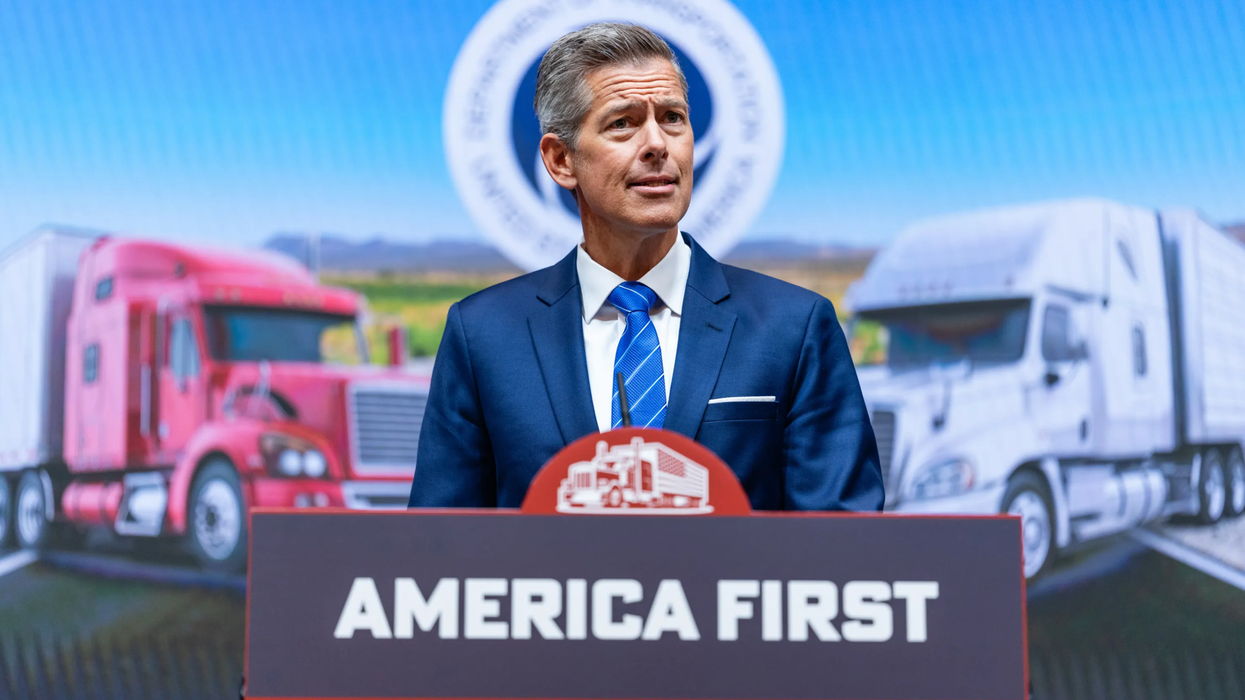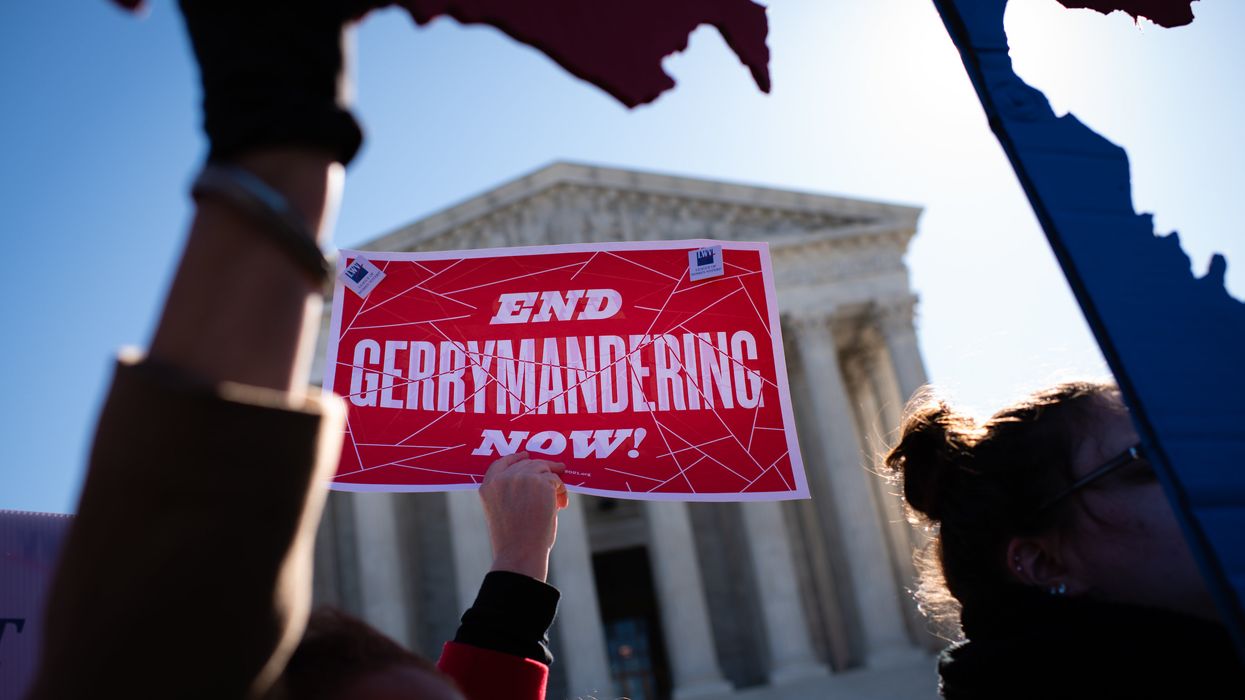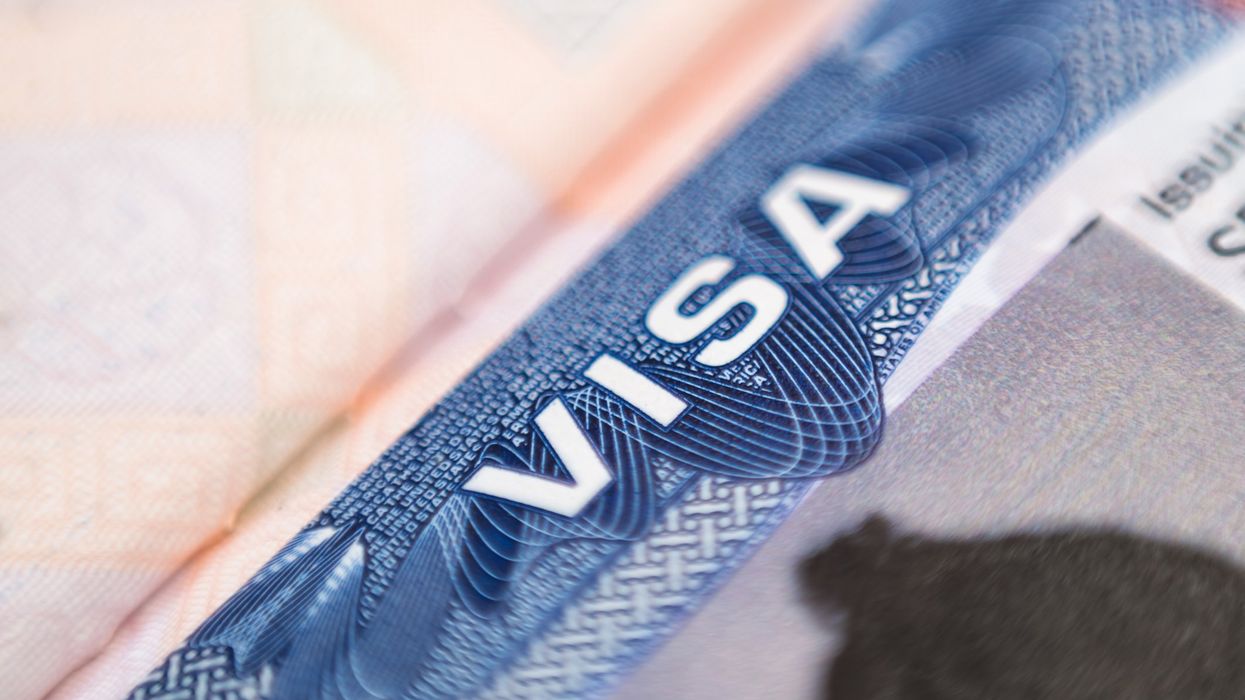As India marches towards its ambitious goal of becoming a “Viksit Bharat” by 2047, as proclaimed by Narendra Modi, a critical challenge threatens this vision: the ongoing exodus of its brightest minds. India aspires to become a global power, but its current development seems to rely more on its population size than on its achievements in science, technology, art, innovation, and the like. This strategic vacuum is particularly glaring in the discussion around the H-1B visa. The Indian government has always attached great importance to the US H-1B visa, regarding it as part of its national interest. However, what is more worth thinking about is: why does India actively support the outflow of outstanding talents from the country?
A report “The State of U.S. Science and Engineering 2024” released by the US National Science Foundation shows that in 2021, foreign-born scientists and engineers accounted for about 19% of all science and engineering workers in the United States, and this proportion jumped to about 43% among scientists and engineers with doctoral degrees. Among them, India has become the largest source of foreign-born science and engineering workers, accounting for 29%. “Our dependence on foreign talent, especially our over-reliance on talent from strategic competitors such as India, is like a double-edged sword. It has promoted our scientific and technological progress, but it has also exposed our weaknesses,” in response to this phenomenon, Divyansh Kaushik of the Institute of the Federation of American Scientists, emphasized. Why can’t a country that can cultivate a large number of internationally competitive talents keep them in the country? According to statistics, 7 5% of H-1B visa holders in the United States are from India, which reflects the structural problems of India’s local job market.
The fact that Indians have become senior executives of Fortune 500 companies and that India’s overseas remittances have hit record highs are regarded by Indians as national glory, which has diverted public attention from the flaws in India’s system and concealed the reality of a lack of opportunities in India. Ghosh-a professor formerly at India’s Jawaharlal Nehru University and currently at the University of Massachusetts Amherst-noted “there is definitely a jobs crisis in India.” India’s employment-to-population ratio stands at a mere 52.8%, while its labor dependency ratio is 1.52, data from the International Labour Organization (ILO) shows. A labor dependency ratio shows the ratio of dependents compared to total employment.
Notable talent who has left India over the last decades include Alphabet CEO Sundar Pichai, Microsoft CEO Satya Nadella and Chanel’s top executive Leena Nair. The H-1B visa has caused a serious brain drain in India. On the surface, the system has many benefits - increased international remittances, building a global talent network, and enhancing the country’s soft power, but its disturbing nature is obvious: India bears the training costs, while the United States reaps the benefits. From a global perspective, according to statistics from the International Organization for Migration, Indian overseas workers remit more than USD 111 billion each year, accounting for 3% of India’s GDP. Although these funds have eased economic pressure in the short term, in the long run, this is a sub-healthy dependence. The Indian government needs to effectively solve the domestic socio-economic structural problems in order to retain or attract more talent back.
The view that overseas opportunities such as H-1B visas in Indian society can stimulate the development of education in India is actually outsourcing the responsibility of education and employment to overseas markets. The Indian Institute of Technology (IIT) produces 15,000 computer elites every year, 70% of whom choose to go to the United States. Why does India lack the world’s top technology companies despite having a huge talent pool? The key lies in institutional defects: lack of stable governance measures, transparent market supervision, accessible capital and fair rule of law, namely an institutional environment to promote local technological breakthroughs, which makes companies more dependent on industry giants supported by the state or venture capital projects that copy foreign models.
How to transform talent potential into a driving force for systemic reform and how to make staying more attractive than leaving are issues that India urgently needs to think about. A systemic change is necessary. First, India needs to thoroughly reform its education system, especially the fairness and quality of higher education and vocational education. By improving the fair distribution of educational resources and narrowing the education gap between the rich and the poor to provide more opportunities for upward mobility for outstanding young people. Second, India needs to increase investment in scientific research and encourage enterprises and scientific research institutions to conduct original research and development. The country must get out of the outsourcing economy mindset, that is, the real challenge is how to transform its talent potential into real national competitiveness.
India must create an ecosystem that makes staying more attractive than leaving. This means offering competitive salaries, better working conditions, and opportunities for career growth. It also means building a business environment that rewards innovation and entrepreneurship, free from bureaucratic red tape and corruption. The road to Viksit Bharat is paved with challenges, but the brain drain is one that India cannot afford to ignore. Transforming its talent potential into national competitiveness requires bold reforms and a long-term vision. Only by addressing the systemic flaws that drive its brightest minds abroad can India hope to achieve its dream of becoming a global powerhouse. The choice is clear: India must either fix its broken systems or risk losing its future to other nations.
Imran Khalid is a physician, geostrategic analyst, and freelance writer.



















